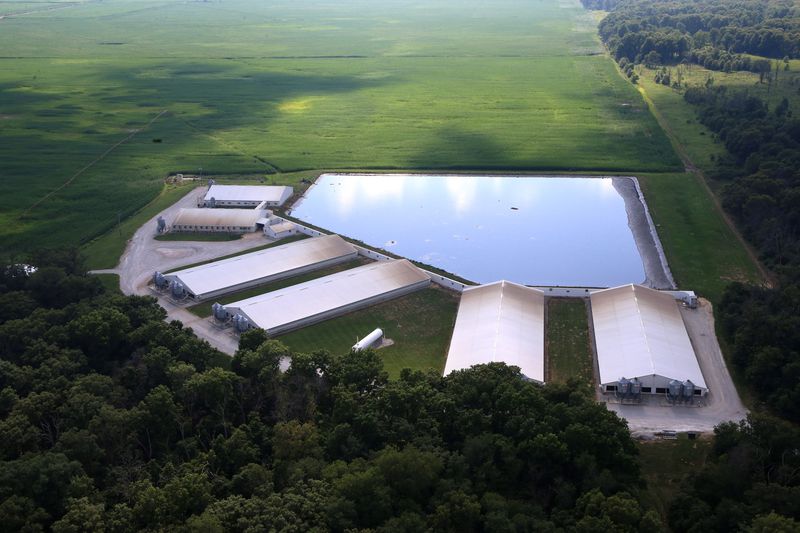Murderous Agricultural Pollution

We have known for a long time that the lightly regulated pollution in American agriculture was deleterious to human health. Now we have some data to help us understand just how many lives this costs a year:
The smell of hog feces was overwhelming, Elsie Herring said. The breezes that wafted from the hog farm next to her mother’s Duplin County, N.C., home carried hazardous gases: methane, ammonia, hydrogen sulfide.
“The odor is so offensive that we start gagging, we start coughing,” she told a congressional committee in November 2019. Herring, who died last week, said she and other residents developed headaches, breathing problems and heart conditions from the fumes.
Now, a first-of-its-kind study shows that air pollution from Duplin County farms is linked to roughly 98 premature deaths per year, 89 of which are linked to emissions directly caused by hogs. Those losses are among more than 17,000 annual deaths attributable to pollution from farms across the United States, according to research published today in the Proceedings of the National Academy of Sciences.
Animal agriculture is the worst emitter, researchers say, responsible for 80 percent of deaths from pollution related to food production. Gases associated with manure and animal feed produce small, lung-irritating particles capable of drifting hundreds of miles. These emissions now account for more annual deaths than pollution from coal power plants. Yet, while pollution from power plants, factories and vehicles is restricted under the Clean Air Act, there is less regulation of air quality around farms.
Our pollution control regime was enacted in the 1960s and 1970s, when activists could influence government to clean up the country. Unfortunately, this movement never really got around the regulating agriculture. And in the decades since, Big Ag has grown so rapidly that it is now a monster that can effectively do what it wants, holding tremendous power both at the state and federal level. Like every other form of pollution, industry will always claim that it is too expensive to clean up or not really a problem. And yet, we know that we can find ways to clean up even the nastiest forms of pollution because it’s happened in industry after industry. We simply don’t live with the kind of toxicity that existed even 50 years ago, never mind 100 years ago. Some of this is that industry has moved overseas, yes, but there are lots of industries that used to pollute like crazy that really don’t anymore, such as paper. The issue is one of governmental priorities. Hopefully, this study will increase pressure to take on Big Ag. But it’s going to take a movement of everyday people to make this happen.


